By the time his Libyan captors branded his face, Sunday Iabarot had already run away twice and had been sold three times.The gnarled scar that covers most of the left side of his face appears to show a crude number 3. His jailer carved it into his cheek with a fire-heated knife, cutting and cauterizing at the same time.
Iabarot left Nigeria in February 2016 with a plan to head northward and buy passage on a smuggler’s boat destined for Europe, where he had heard from friends on Facebook that jobs were plentiful. The journey of more than 2,500 miles would take him across the trackless desert plains of Niger and through the lawless tribal lands of southern Libya before depositing him at the southern shore of the Mediterranean Sea. He never made it. Instead, he was captured the moment he arrived in Libya, then sold to armed men who kept a stable of African migrants they exploited for labor and ransom.
The brand on his face, he says, was both punishment and a mark of identification. Fourteen other men who attempted to escape the fetid warehouse where they had been held as captive labor in Bani Walid, Libya, for several months in 2017 were similarly scarred, though the symbols differed. Iabarot, who is illiterate, wasn’t sure if they were numbers or letters or merely the twisted doodles of deranged men who saw their black captives as little more than livestock to be bought and sold. “It was as if we weren’t human,” the 32-year-old from Benin City, Nigeria, tells TIME.
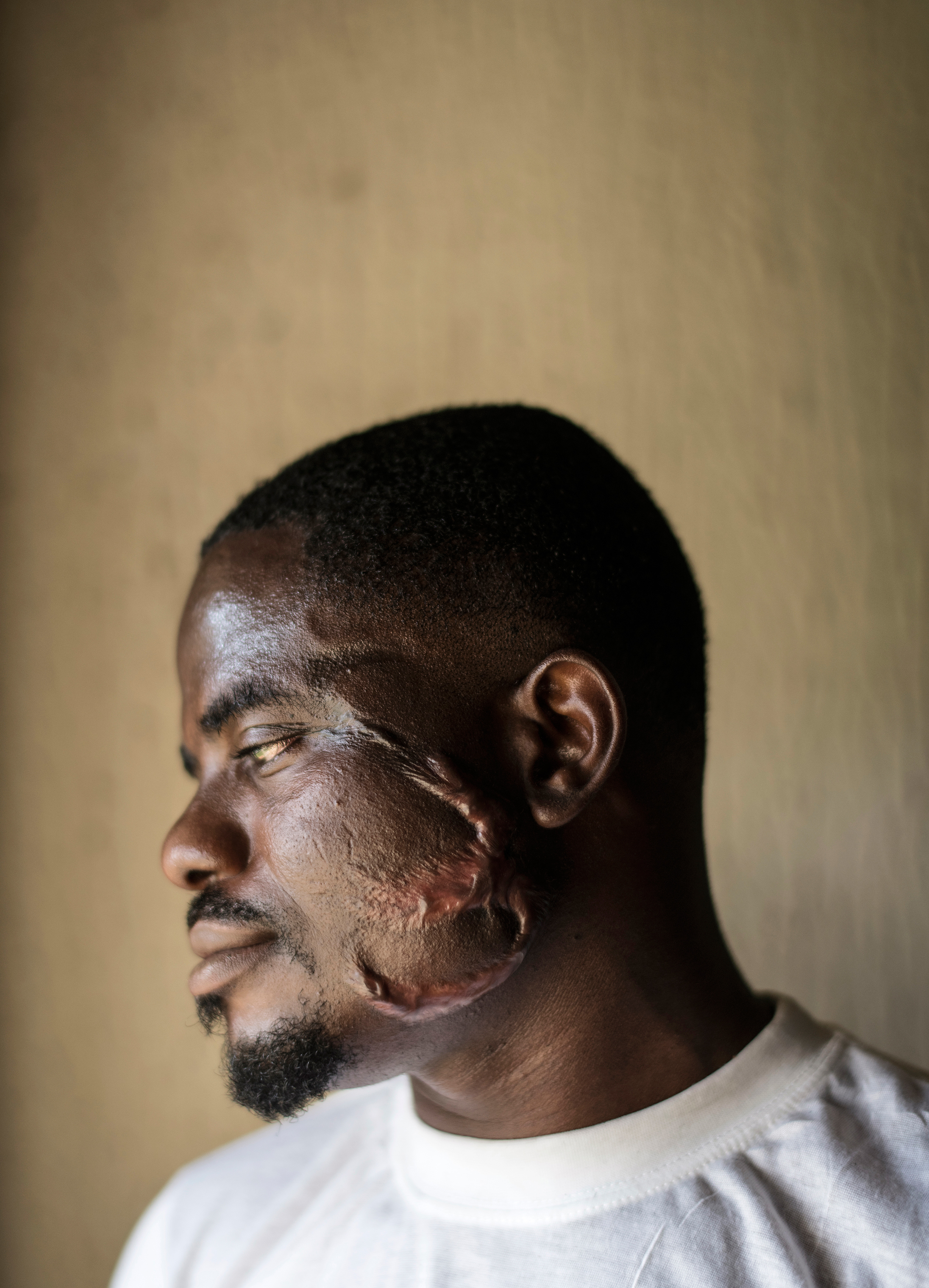
Iabarot is among an estimated 650,000 men and women who have crossed the Sahara over the past five years dreaming of a better life in Europe. Some are fleeing war and persecution. Others, like Iabarot, are leaving villages where economic dysfunction and erratic rainfall make it impossible to find work or even enough to eat. To make the harrowing journey, they enlist the services of trans-Saharan smugglers who profit by augmenting their truckloads of weapons, drugs and other contraband goods with human cargo.
But along the way, tens of thousands like Iabarot are finding themselves treated not just as cargo but as chattel and trapped in a terrifying cycle of extortion, imprisonment, forced labor and prostitution, according to estimates by the International Organization for Migration (IOM) and the U.N. Office on Drugs and Crime. “They are not only facing inhuman treatment. They are being sold from one trafficker to another,” says Carlotta Sami, southern European regional spokesperson for UNHCR, the U.N. refugee agency. Essentially, they are slaves: human beings who have been reduced to being possessions with a fixed value, based on assessments of the kind of income they can accrue to their owners as targets for extortion, as unpaid labor or—as is often the case with women—prostitutes.
Slavery may seem like a relic of history. But according to the U.N.’s International Labor Organization (ILO), there are more than three times as many people in forced servitude today as were captured and sold during the 350-year span of the transatlantic slave trade. What the ILO calls “the new slavery” takes in 25 million people in debt bondage and 15 million in forced marriage. As an illicit industry, it is one of the world’s most lucrative, earning criminal networks $150 billion a year, just behind drug smuggling and weapons trafficking. “Modern slavery is far and away more profitable now than at any point in human history,” says Siddharth Kara, an economist at the Carr Center for Human Rights Policy.
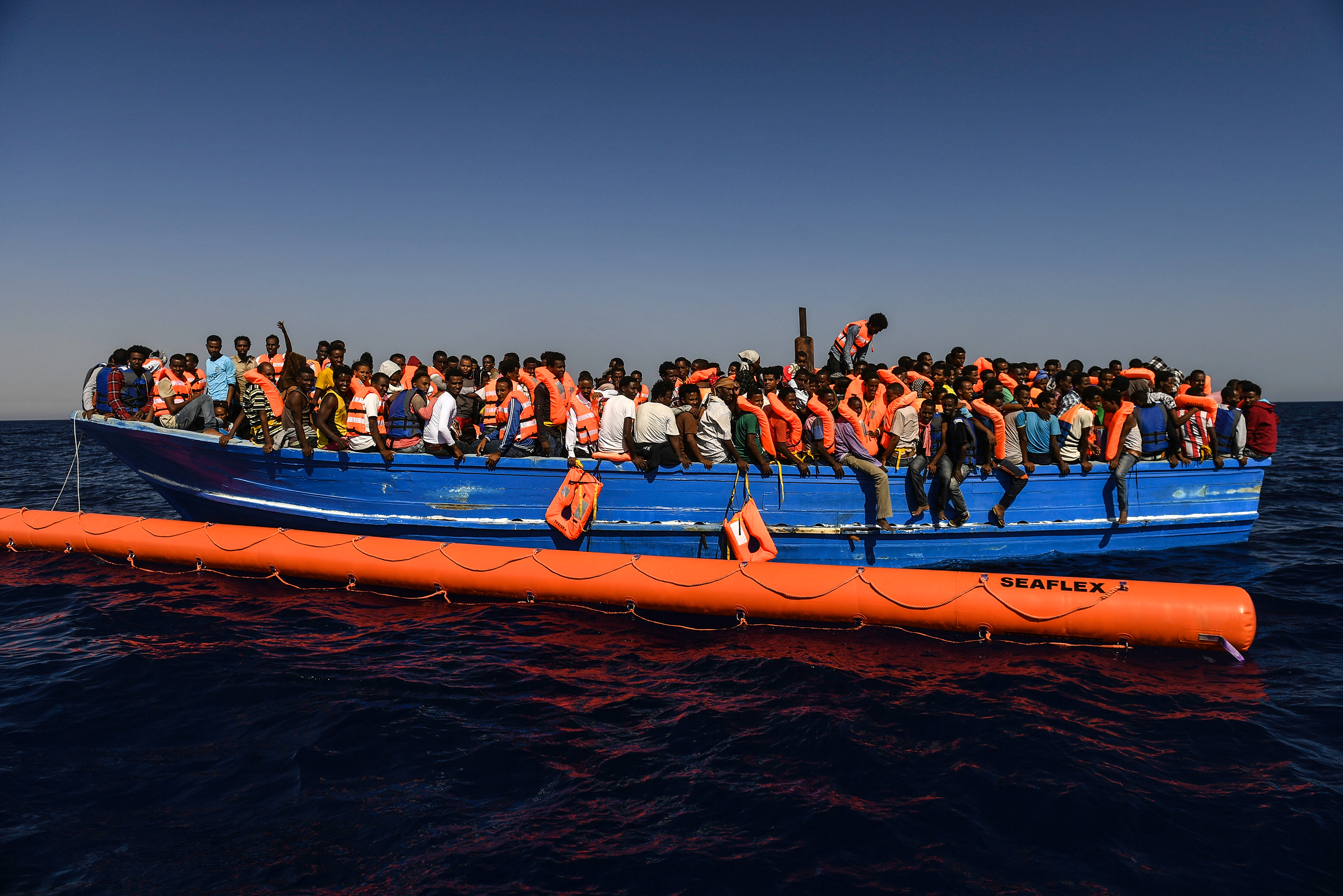
The corridor from Africa’s most populous country to its northern Mediterranean shores has proved especially lucrative. As conflict, climate change and lack of opportunity push increasing numbers of people across borders, draconian E.U. policies designed to curb migration funnel them into the hands of modern-day slave drivers. The trade might be most visible in Libya, where aid organizations and journalists have documented actual slave auctions. But now it is seeping into southern Europe too—in particular Italy, where vulnerable migrants are being forced to toil unpaid in the fields picking tomatoes, olives and citrus fruits and trafficked into prostitution rings.
“We no longer need slavers going into Africa to capture their quarry,” says Aboubakar Soumahoro, a union representative who came to Italy from Ivory Coast 17 years ago with the hope of finding a better life. “The rope of desperation has replaced their iron chains. Now Africans are sending themselves to Europe and becoming slaves in the process.”
When Iabarot reached Libya’s southern border, he met a seemingly friendly taxi driver who offered to drive him to the capital city, Tripoli, for free. Instead, he was sold to a “white Libyan,” or Arab, for $200. He was forced to work off his “debt” on a construction site, a pattern that repeated each time he was sold and resold. “If you work hard, you get bread,” he tells TIME from the darkened room of an abandoned hotel in Benin City that the Nigerian government is using to house human trafficking victims rescued from Libya. “If you refuse to work, you are beaten. If you run away and get caught …” His voice trails off. The scar on his face says the rest.
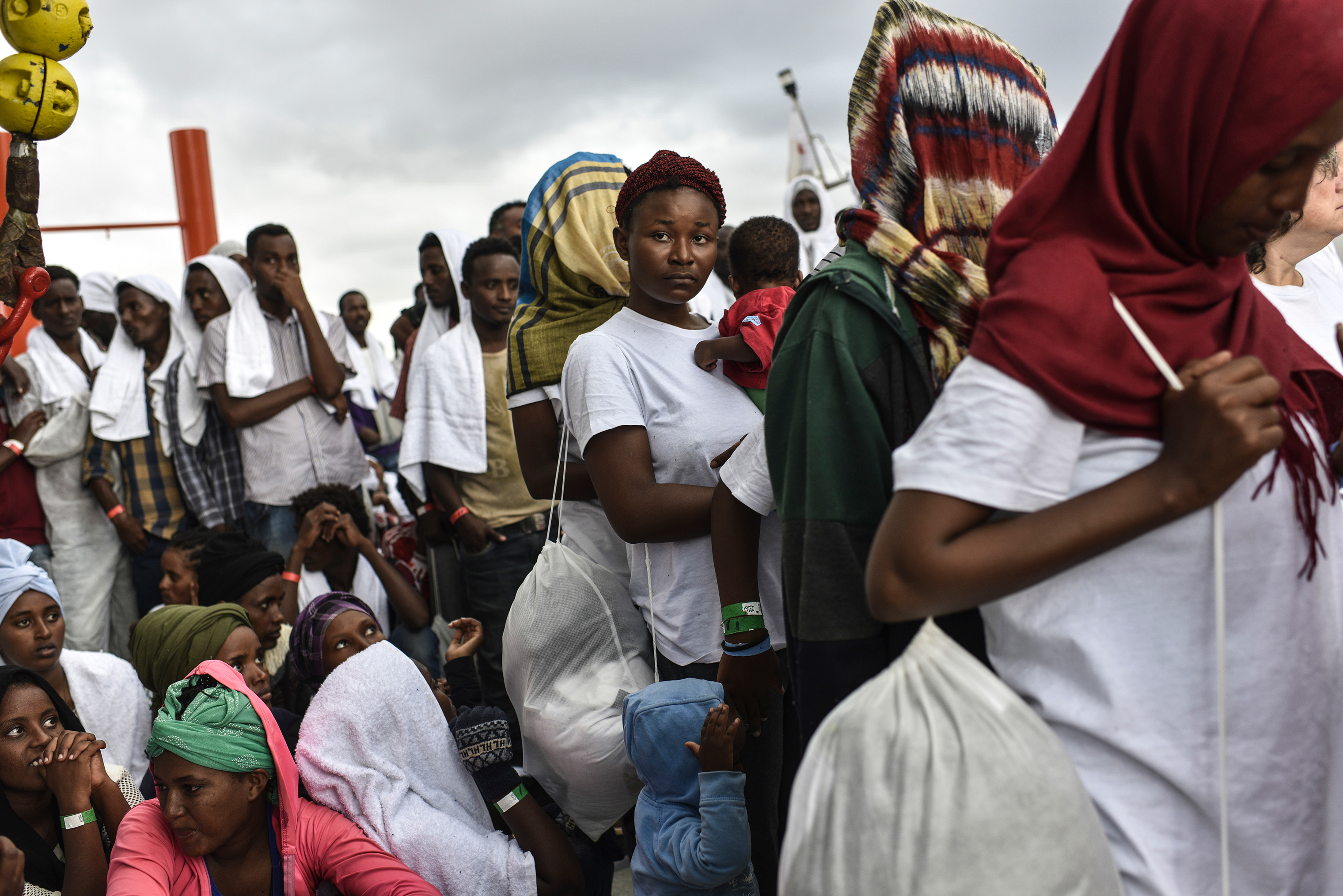
In 2016, the year Iabarot set out from Nigeria, the number of migrants arriving in Italy from Libya spiked to 163,000, prompting a political backlash and a determination to stanch the flow at all costs. In February 2017, the E.U. launched a plan to train and equip the Libyan coast guard to intercept smuggler boats and keep the migrants in detention camps.
Two years later, the arrivals in Italy are down 89%. But the policy has caused a bottleneck on the other side of the Mediterranean and a lingering humanitarian crisis. The IOM estimates that nearly half a million sub-Saharan African migrants are currently trapped in Libya, ripe for exploitation by armed groups and corrupt officials. Julie Okah-Donli, director general of Nigeria’s National Agency for the Prohibition of Trafficking in Persons, went on a fact-finding mission to Libya last year after hearing reports of Nigerians living in “slavelike conditions.” She tells TIME she was sickened by what she saw. “In some of the camps we visited, they had already taken truckloads of the guys to go work on the farms and in the factories for no pay at all. As long as they are in those camps, they are treated like slaves.”
When CNN aired footage of what appeared to be African migrants being sold at a slave auction at a Libyan detention camp in November 2017, the outrage was immediate and global. The U.N. Security Council condemned the “heinous abuses,” the E.U. demanded “swift action,” and French President Emmanuel Macron called for a military rescue operation.
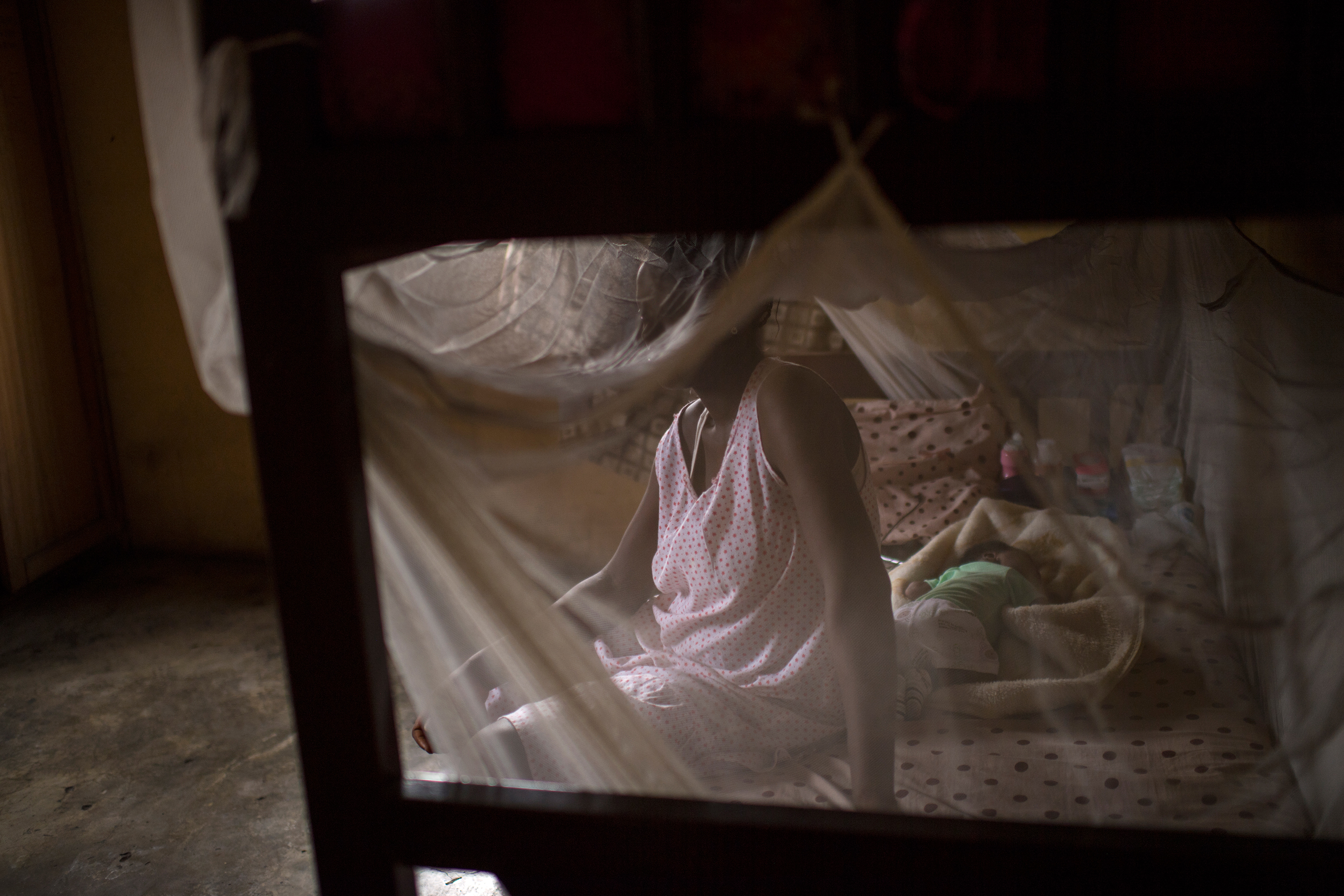
Yet just over a year on, little has been done to prevent these abuses. E.U. member states are renewing calls to halt Europe-bound migrants at the Libyan coastline. “The situation for refugees and migrants in Libya remains bleak,” says Heba Morayef, Middle East and North Africa director for Amnesty International. “Cruel policies by E.U. states to stop people arriving on European shores, coupled with their woefully insufficient support to help refugees reach safety through regular routes, means that thousands of men, women and children are trapped in Libya facing horrific abuses with no way out.”
When Joy, a 23-year-old Cameroonian university student, arrived in the coastal Libyan city of Sabratha in August 2017, she thought she was well on her way to France to pursue her dream of becoming a fashion model. But a government-backed militia, emboldened by the E.U. deal to crack down on migrant smuggling hubs, raided the compound where she was staying. She was picked up by a rival group and locked in a room with scores of other women for several months. The women were expected to work as prostitutes, and some were sold to buyers looking to staff their own brothels. Joy, several months pregnant at that time, was largely left alone, she says, but the conditions were “inhumane.”
Joy, who speaks the polished French of an educated woman, says the E.U. directive to curb migrant arrivals not only emboldens corrupt Libyans but also amplifies their deep-seated prejudice against black Africans. “The Libyans understood that if the E.U. doesn’t want blacks to come, it means we are not valuable as humans,” she tells TIME, cradling her newborn, in a shelter for trafficked women in Lagos, Nigeria. “The E.U. is essentially rewarding these militias for abusing us, for raping us, for killing us and for selling us.”
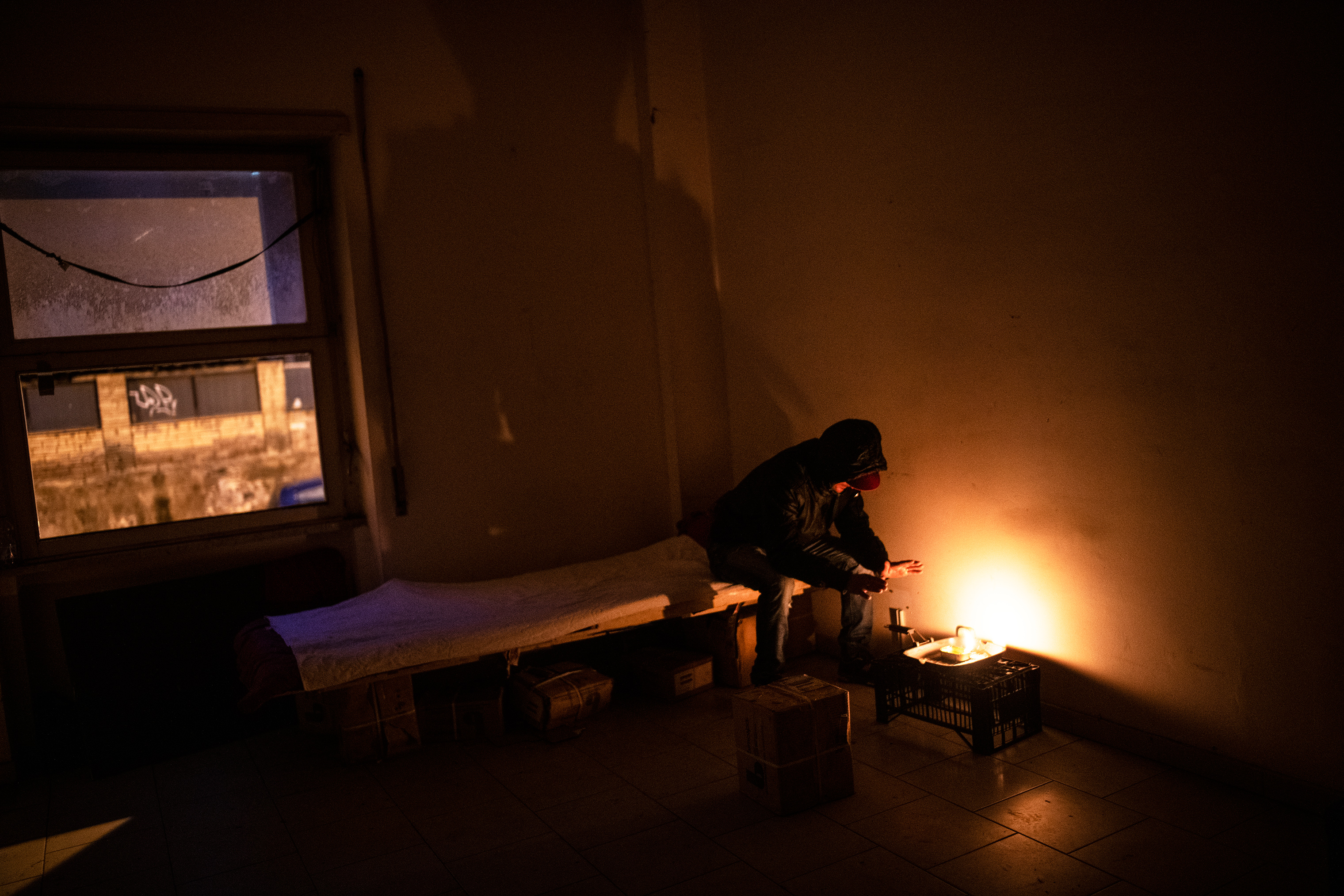
The migrants who do make it across the Mediterranean are not free from the cycle of exploitation. On an autostrada in Puglia, southern Italy, last August, a van packed with Africans slammed headlong into a tomato truck and flipped across the meridian. Twelve of the migrant laborers, who had spent a grueling day working the harvest, died in the crash. It was the second such accident in two days. In total, 16 men—from Ghana, Guinea, Gambia, Nigeria, Mali, Morocco and Senegal—died that weekend.
They had been ensnared by an ancient Italian system of press-gang labor called caporalato that enables farmers to outsource their labor needs to middlemen for a set fee, avoiding payroll taxes, work-safety requirements and minimum-wage payments in the process. It is illegal, widespread and dominated by organized crime. A 2018 report commissioned by Italy’s trade unions estimates that some 132,000 workers suffer from the most exploitative aspects of caporalato, including nonpayment of wages and physical abuse. Most are migrants from sub-Saharan Africa and Eastern Europe.
“Caporalato has been around forever, but the system really takes advantage of migrants because of their vulnerable status,” says Yvan Sagnet, a 33-year-old antislavery activist from Cameroon who has been living in Italy since 2010. “They don’t have papers, they don’t know their rights, and they are desperate to earn money.”
Sagnet would know—he was sucked into the caporalato system as a foreign student when a failed exam resulted in the loss of his university scholarship. A friend told him he could make money on the summer tomato harvest in Puglia, but when he arrived, he says, he was inducted into a system designed to extract the maximum amount of work for minimal pay.

The capo, or boss, told Sagnet he could make up to $33 a day filling crates with tomatoes. What he didn’t mention was that the cost of transportation to the fields would be deducted from his wages, along with his water and his food. “At the end of the day, I was making $4.50. It wasn’t work. It was slavery. But most people had no choice,” says Sagnet.
A day after the second transport accident in Puglia, Italian Interior Minister Matteo Salvini, who is also head of the far-right, anti-migrant League party, decried the Mafia’s role in the region’s exploitative labor practices. Then he blamed the migrants: “These episodes tell us that out-of-control immigration helps the Mafia. If there were no migrants desperate to be exploited, it would be more difficult for them to do business.” Stopping migration, he said, would put a stop to organized crime. It would also mean the end of inexpensive tomato sauce, wine and olive oil, says Sagnet, pointing out that Italians aren’t willing to work 16-hour days, or harvest tomatoes for $4 a crate.
“The problem isn’t the Mafia or the migrants. It’s the cost of cheap goods,” he says. When retailers tell farmers they will only buy tomatoes for 8¢ a kilo, says Sagnet, the farmers can’t afford to pay normal wages. But if the stores charge more, customers will go somewhere else. Sagnet, who now runs an antislavery organization called No Cap, for “no to caporalato,” says uber-competitive grocery stores are contributing to the abuse of migrant labor.
Sagnet estimates that the true retail cost of a kilo of tomatoes, including transport and processing, should be around $2.25. “If you go to the market and see them for 30¢, it means they used caporalato. There is no other way to get tomatoes that cheap.” Sagnet estimates that 3 out of 5 items in every Italian’s weekly food basket, including wine, cheese, fruit, vegetables and olive oil, are produced in part by unfair migrant labor.
It’s not just Italians who benefit. The modern consumer’s insatiable quest for $10 manicures, shiny new smartphones and cheap luxury foods comes at the cost of unfair labor. Everyday goods linked to the slave trade include cell phones, pet food, jewelry and canned tomatoes. The 2018 Global Slavery Index found that G-20 countries import some $354 billion worth of products at risk of being produced by modern slavery every year.

In Italy, Sagnet’s organization is launching a certification process that will enable farmers to market their produce as slavery-free and local distributors to place certified products in grocery stores. Customers are already accustomed to paying slightly more for organic produce, he says. Now they will have the choice to buy bondage-free items as well. “Organic is important, but isn’t it also important to know that there was no slavery involved in the making of the food you eat?”
European customers are also responsible for a different kind of exploitative trade. Of the 16,000 women who arrived in Italy from Libya from 2016 to 2017, an incredible 80% fell victim to sex trafficking, according to the IOM—destined for a life of sexual slavery in the streets and the brothels of Europe.
One such woman is Gladys. At age 22, she left Nigeria after an aunt’s friend offered her a job in a hair salon in the faraway city of Turin, Italy. Her trafficker kept her locked in a Libyan brothel, she says, denying her food and drink until she agreed to service clients. In the end, she sold her virginity for a plastic jug of water.
Finally arriving in southern Italy on a smuggler’s boat, she called the aunt’s friend, who said the job was still waiting. She even offered a place to stay. But when Gladys arrived in Turin, the woman’s warm phone demeanor disappeared. Gladys owed $22,530 for the trip, she was told, and would have to work it off walking the streets as a prostitute. “I went to her house for help, thinking I would find comfort in a fellow Nigerian,” says Gladys bitterly. “Instead, she wanted to use me.” Gladys had no money, no papers and no place to stay. She says she had no choice but to do what the woman demanded.

Across Italy, Nigerian women are slowly displacing the Eastern Europeans who once dominated the illicit sex industry. Most, like Gladys, are from Nigeria’s impoverished rural southwest, where a generation of young people are seeking their fortunes abroad. Recruiters, often in the guise of concerned family friends, lure young women—and convince their parents—with promises of money to be made in Europe’s hair salons, hotels and boutiques.
Once in Europe, the women are told that they owe anywhere from $20,000 to $60,000 to cover the cost of their journey. They are threatened with abuse, deportation or harm to their families back home if they don’t pay. Once the debts are paid off, after three to five years of several $25 tricks a day, the trafficked women usually stay on in Europe to earn money on their own and perhaps return home with enough funds to buy a house, start a business or support their family. Often, says Okah-Donli of the Nigerian antitrafficking organization, the returnees become madams themselves, flaunting their wealth to lure new victims to Europe and perpetuating the cycle. That’s what Gladys thinks happened to her aunt’s friend in Turin.
Despite the threats from her madam, Gladys escaped as soon as she was able to skim a few hundred dollars from her daily earnings. But freedom was no better. Alone and terrified of being deported, Gladys reluctantly returned to what she knew best. Several months ago, she heard about a program in the northern Italian city of Asti that helps trafficking victims with job training, counseling and housing. But resources are few, and the organization, Progetto Integrazione Accoglienza Migranti (PIAM), has space for only 250 women. Gladys spent several months on a waiting list before the program could offer her shelter and counseling.
The need for more services is immense, says founder Princess Inyang Okokon, who was trafficked to Turin from Nigeria in 1999. Okokon estimates that there are 700 to 1,000 sex trafficking victims who need help in the Asti region alone. “Everyone talks about the problems of trafficking, but there is no discussion on what happens after a girl is trafficked,” says Okokon.

It’s not surprising that many trafficked women return to prostitution, she says. Jobs are limited in Italy, even for the women who have learned Italian or who have the right to stay. And few want to return to Nigeria, laden with debt and the stigma of what they have done. “It isn’t a simple issue of them being economic migrants—no, they were trafficked here, so they can’t just be sent back,” Okokon says.
Some escape this cycle of modern slavery, but it’s a fraught and complex process. After his final escape from his Libyan captors, Iabarot managed to scrape together enough money to purchase a place on a smuggler’s boat. Within hours of departing, he was rounded up by the Libyan coast guard and sent back to a detention camp. Terrified of facing another round of torture and forced labor, Iabarot volunteered to return to Nigeria through an IOM repatriation program. A week later, on March 22, 2018, he and 148 other Nigerians landed in Lagos on a chartered plane. It was no small irony that Iabarot and his fellow Nigerians, many of them rescued from cases of indentured servitude, forced labor and outright slave auctions, were processed through the cargo terminal.
So far, more than 10,000 Nigerians have returned home through the aid agency’s repatriation program. Each returnee is given a phone, a meal and the equivalent of $112 to get home. Once they are settled, they can apply for work training and small-business grants, but for most, homecoming is a bittersweet experience. “A lot of them took loans to pay the smugglers, or their families sold everything they had. So when they come back empty-handed like this, it’s a challenge,” says IOM’s migration program manager in Lagos, Abrham Tamrat. Many end up trying to go back to Europe.

Yet putting a stop to this sector of modern slavery starts by stopping irregular migration, says Kara, the slavery economist. A 2016 IOM report found that 7 out of 10 migrants crossing from North Africa to Europe had experienced exploitation of some kind or another, including kidnapping for ransom, forced labor, illegal detention and sexual violence. As conditions in Libya deteriorate, the situation is likely to get even worse. In Europe, anti-migrant sentiment is driving those without papers deeper underground, where they are more vulnerable to exploitation.
By 2050, 40% of the world’s poorest people will be living in the Democratic Republic of Congo and Nigeria, according to the 2018 Gates Foundation Goalkeepers report. If the right investments aren’t made now, says Okokon, of the Italian anti-trafficking organization PIAM, even more people will risk the journey abroad. “If you really want to stop sex trafficking, give young Nigerians a reason to stay home. Invest in our youth. Give them jobs. If Nigeria is good for them, they won’t risk their lives coming to Europe.” At the same time, she adds, it’s essential to open up more venues for legal migration. It is nearly impossible for young Africans with little means to come to Europe, yet there is clearly a demand for their labor. “Europe needs farmers, domestic workers, people to harvest. Africa has that.” Soumahoro, the union representative in Italy, puts it more bluntly: “Humans are being sold because the embassies of Europe won’t give visas to Africans.”
As long as the opportunities for men and women like Iabarot are limited in their home countries, they will continue risking everything to find something else in Europe. Iabarot says he wouldn’t go through Libya again, but he would consider leaving again by a different route. “I had to leave because there was nothing for me here. There still isn’t,” he says. “So what should I do?”
- The 100 Most Influential People of 2024
- Coco Gauff Is Playing for Herself Now
- Scenes From Pro-Palestinian Encampments Across U.S. Universities
- 6 Compliments That Land Every Time
- If You're Dating Right Now, You're Brave: Column
- The AI That Could Heal a Divided Internet
- Fallout Is a Brilliant Model for the Future of Video Game Adaptations
- Want Weekly Recs on What to Watch, Read, and More? Sign Up for Worth Your Time
